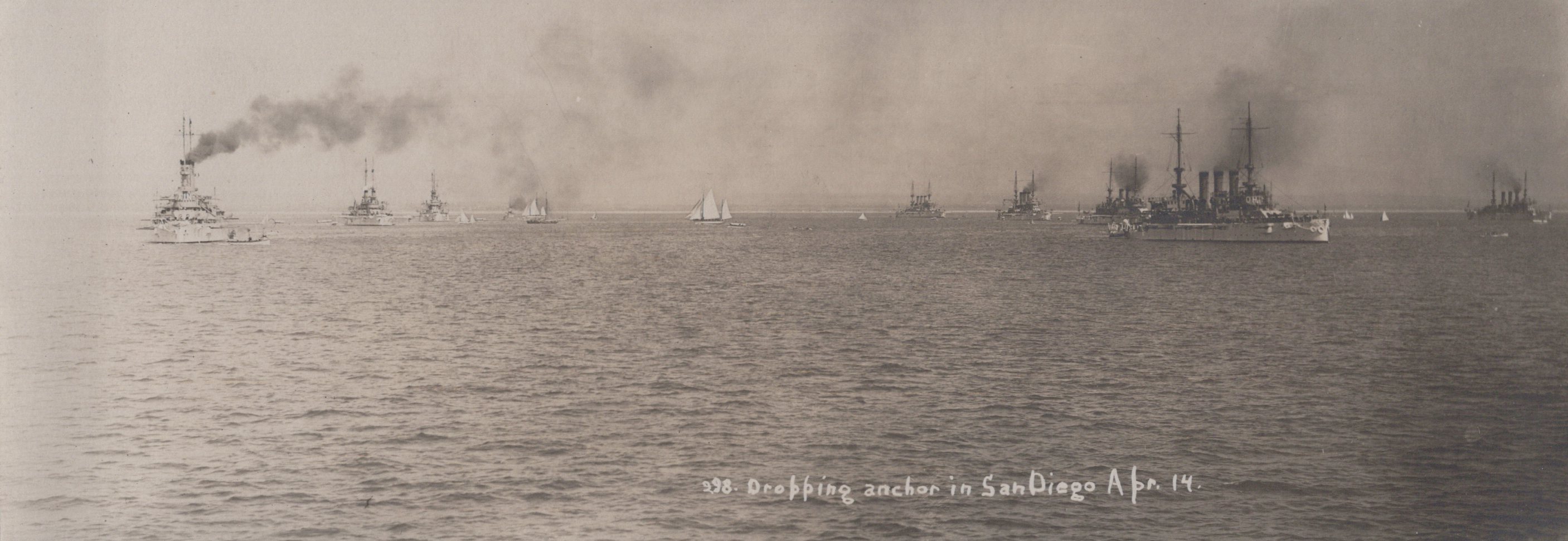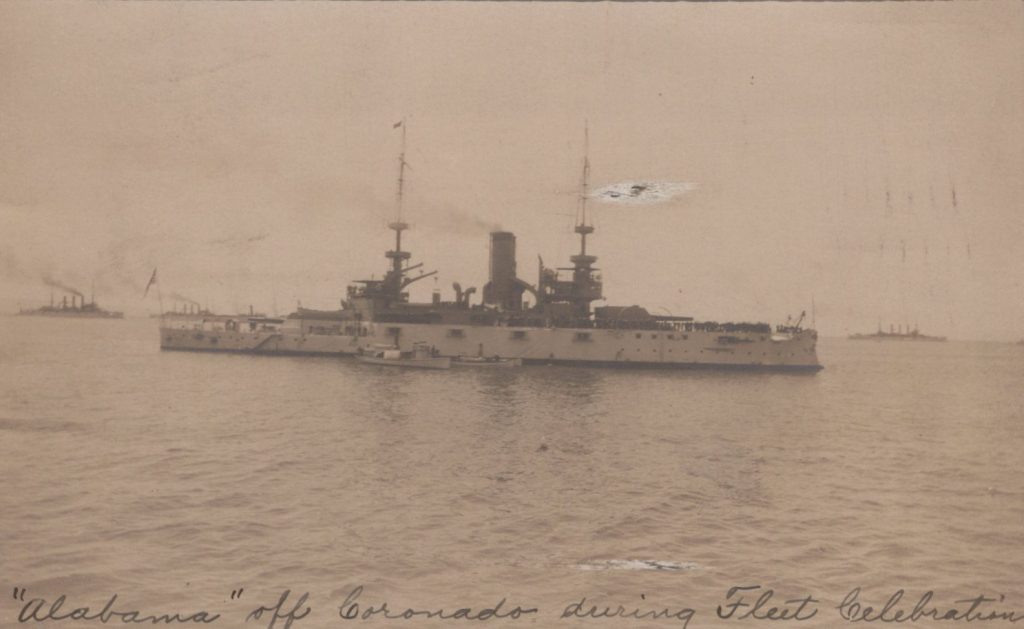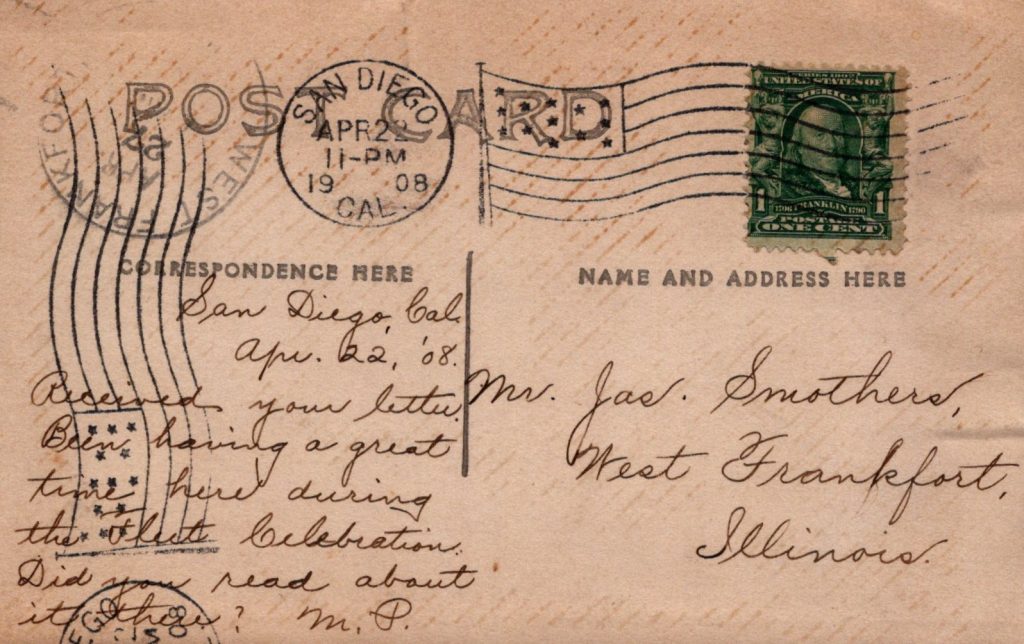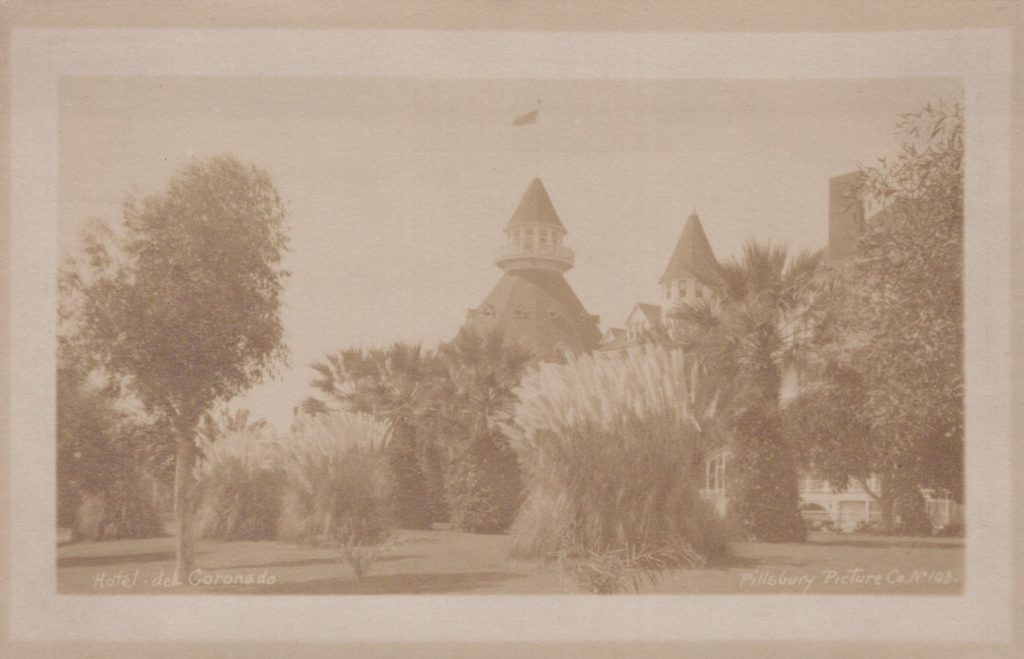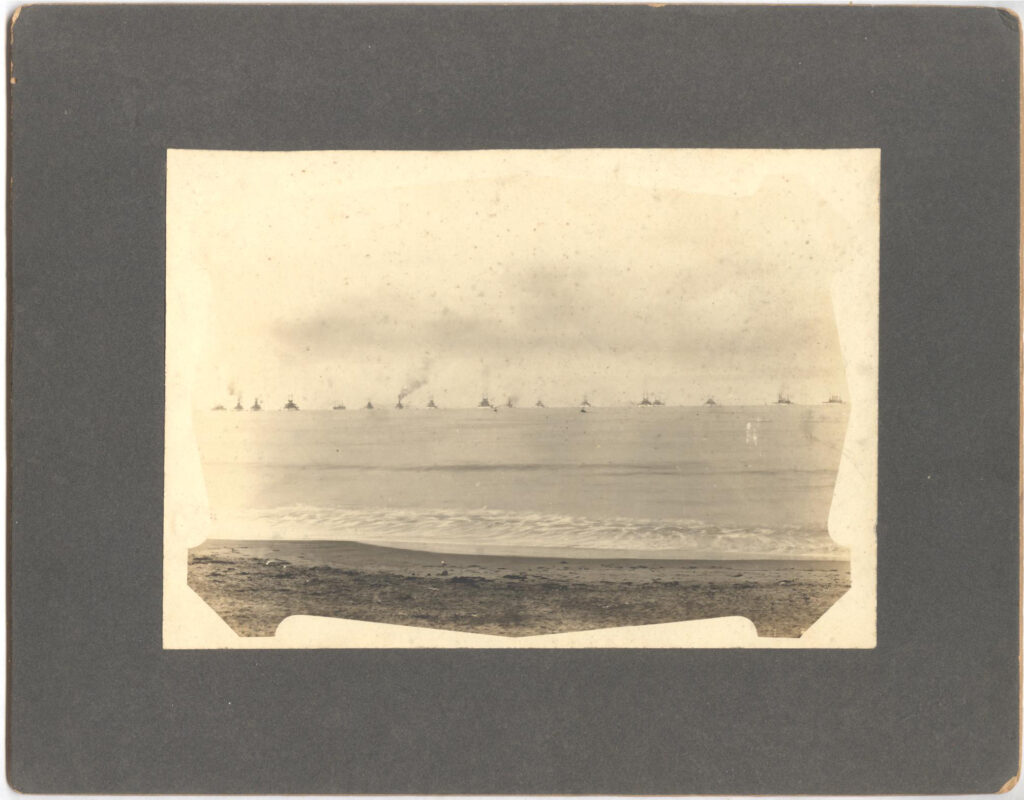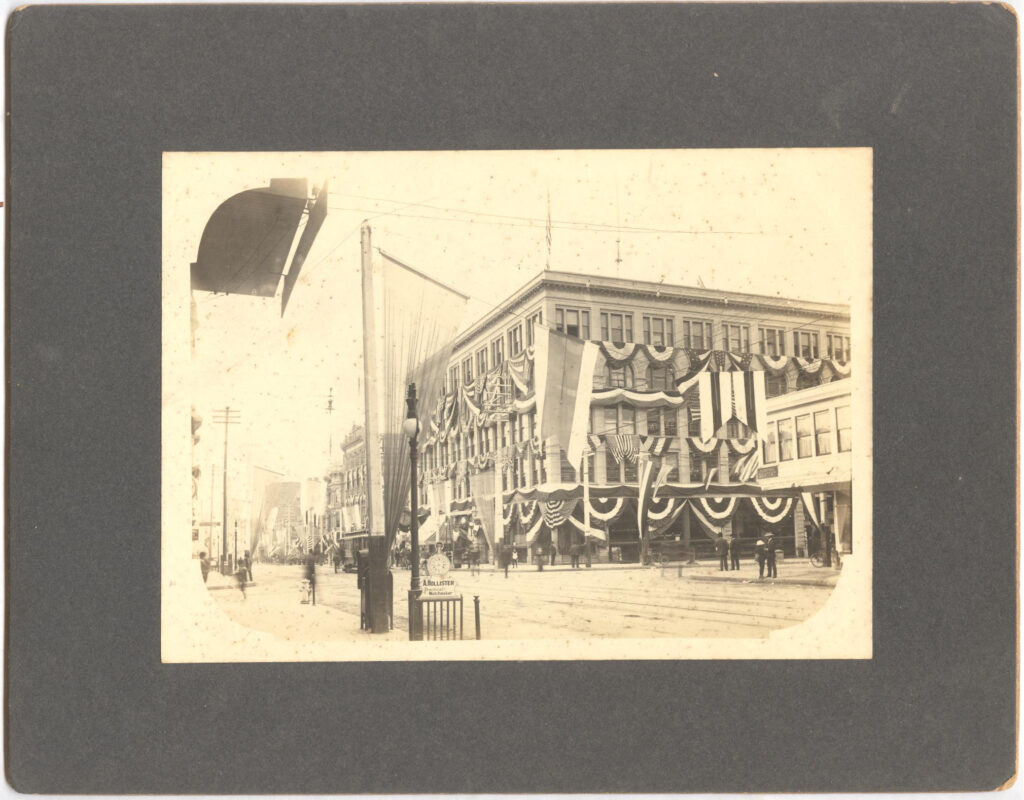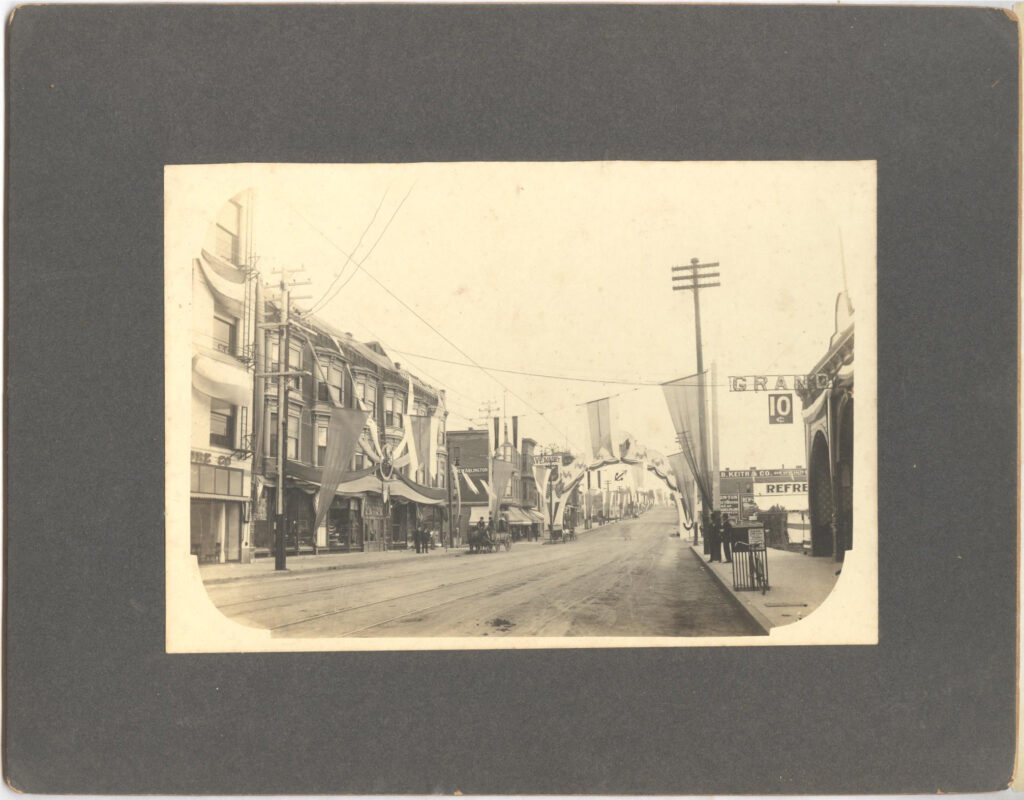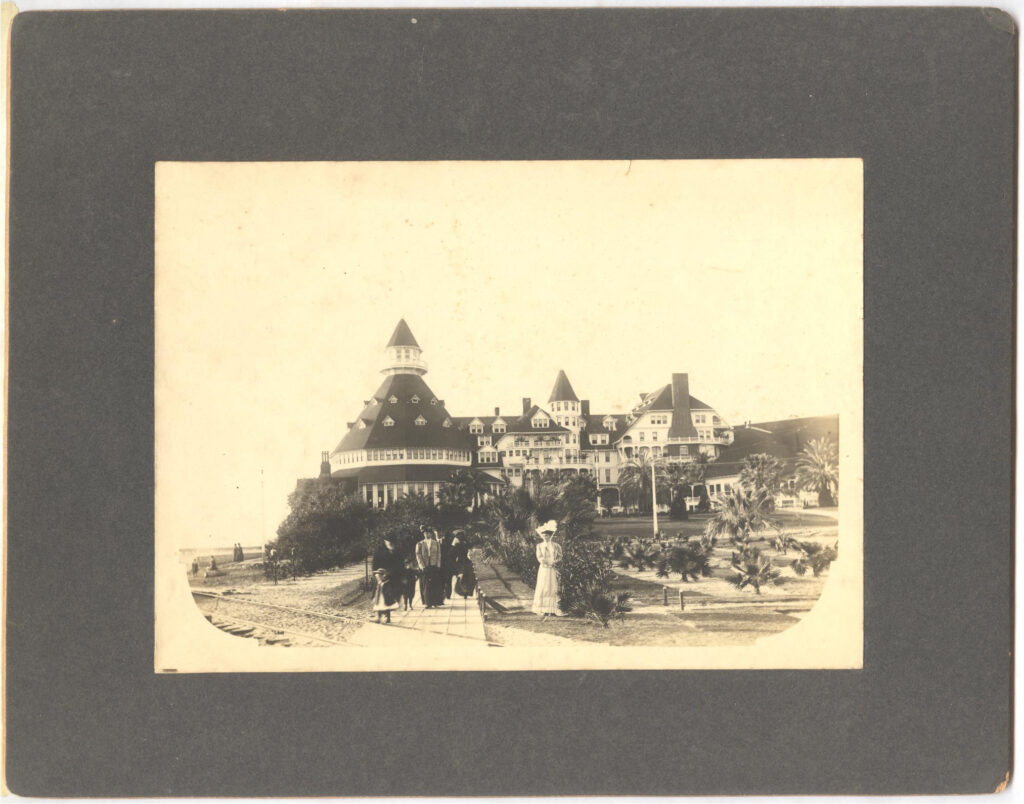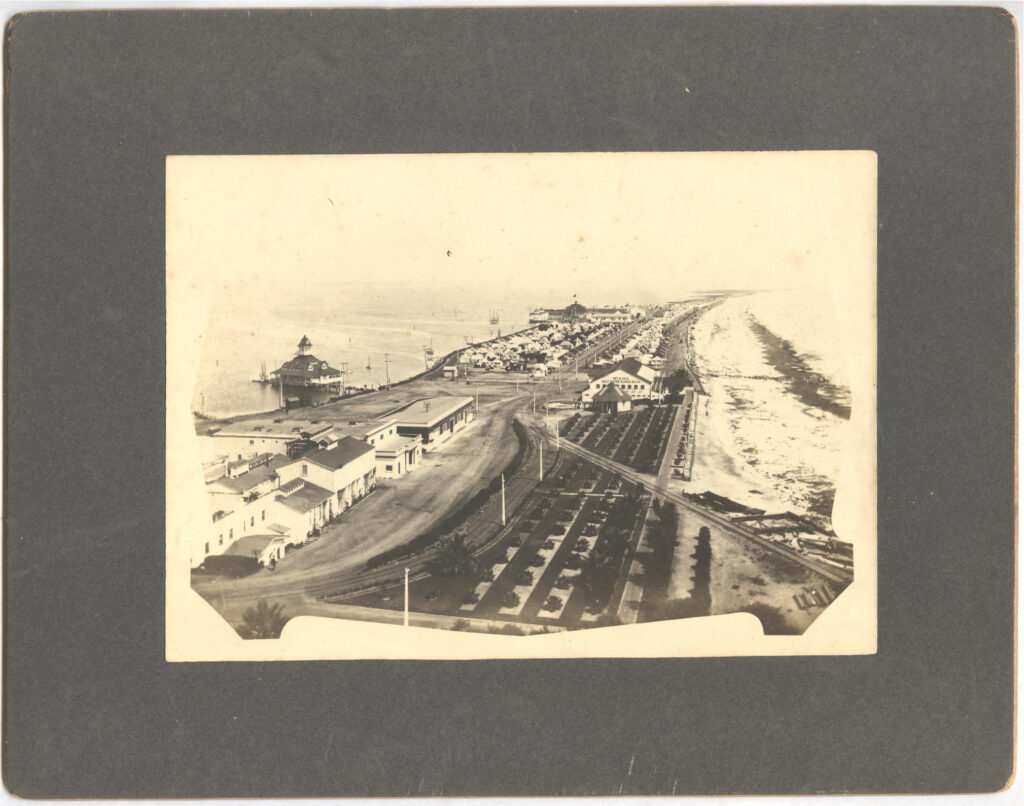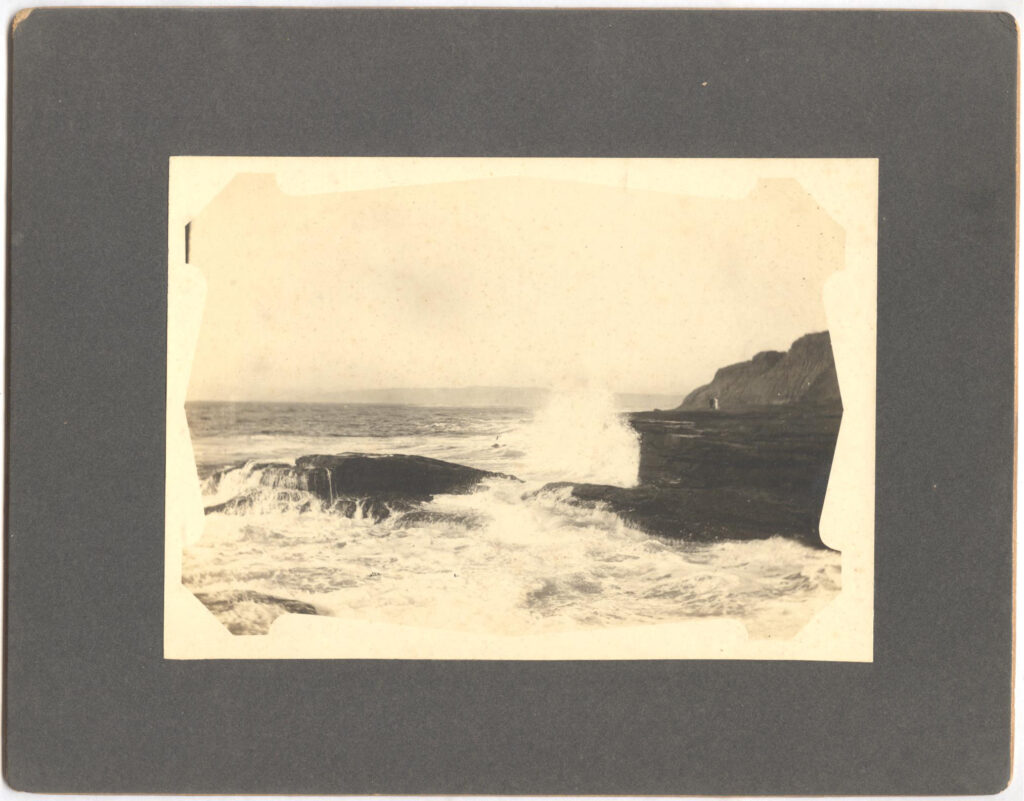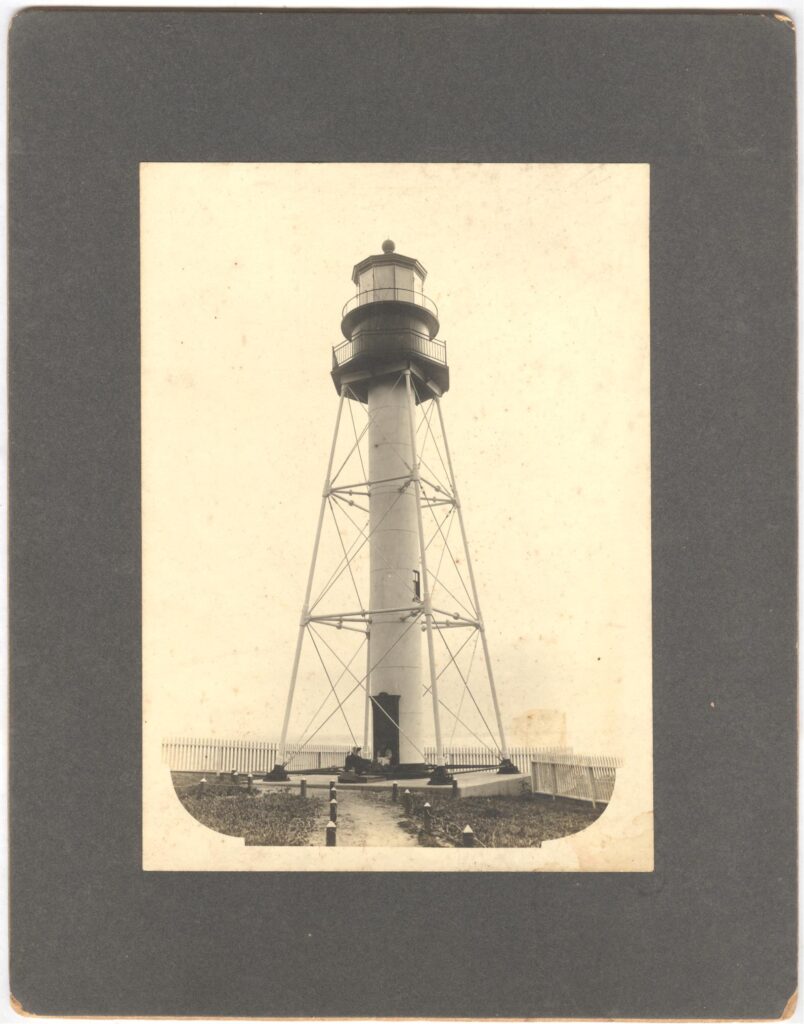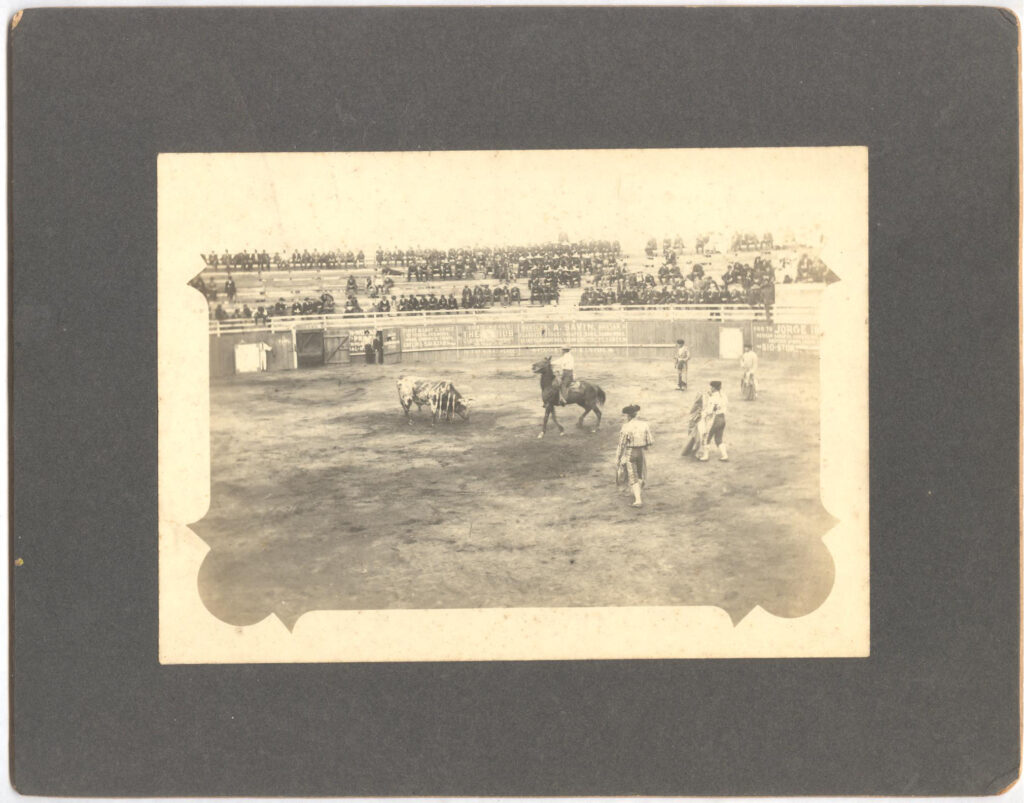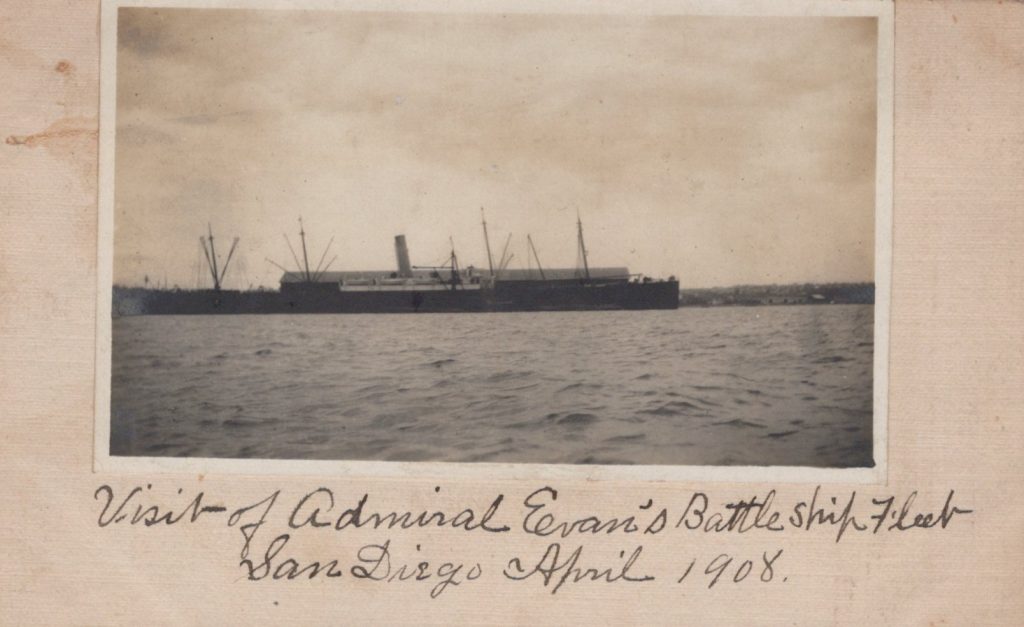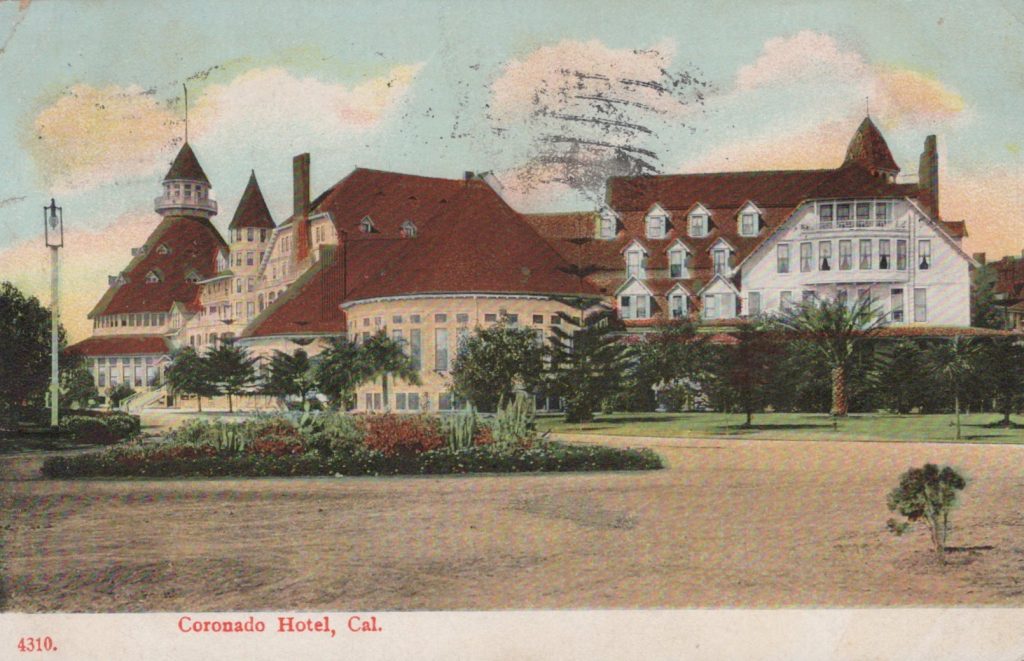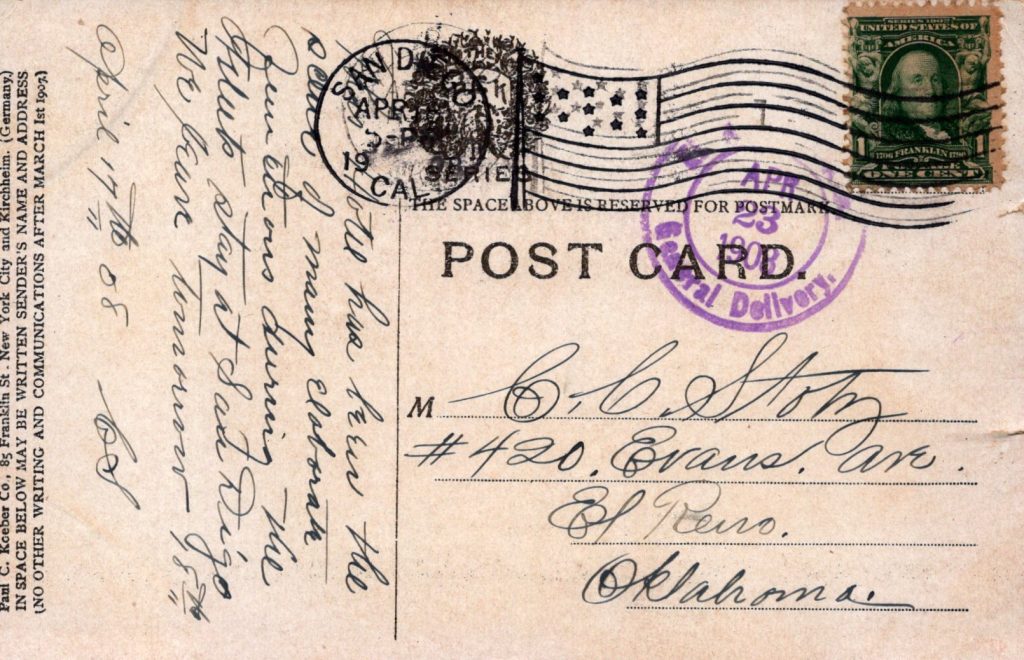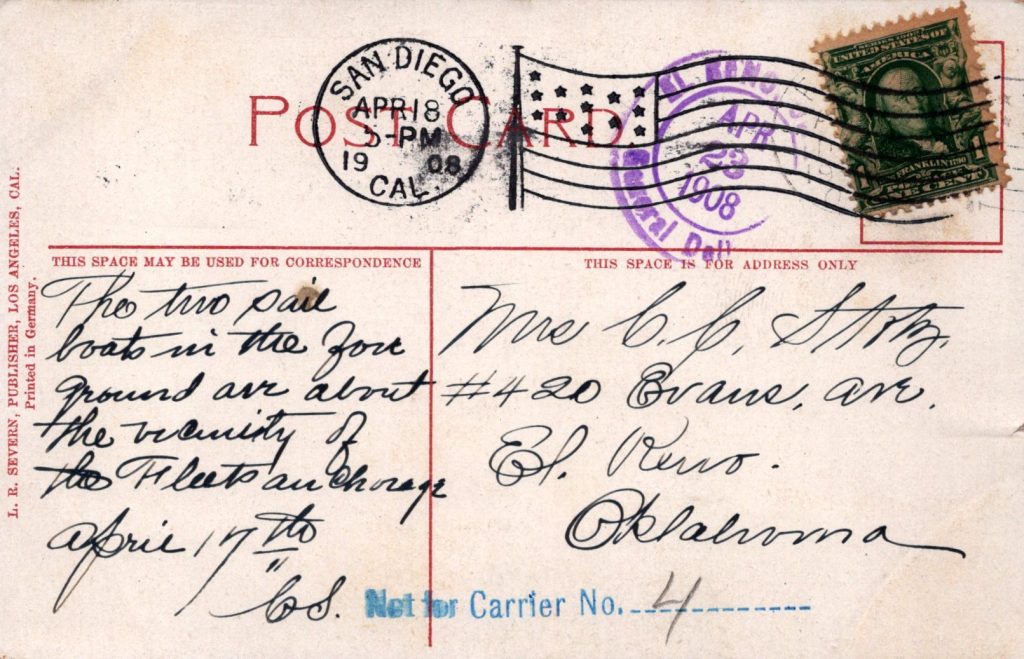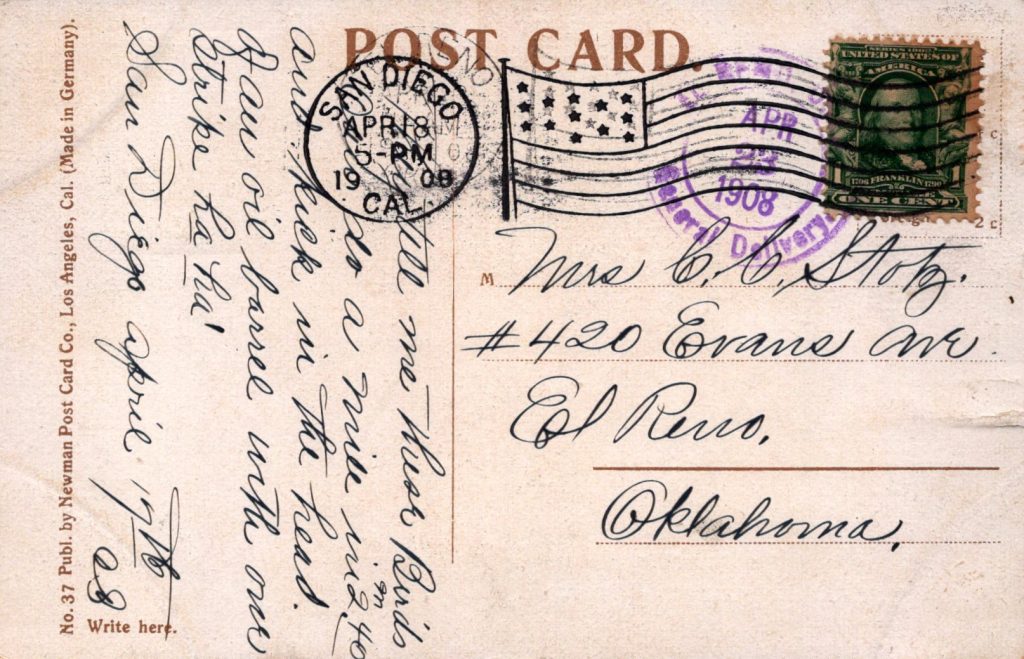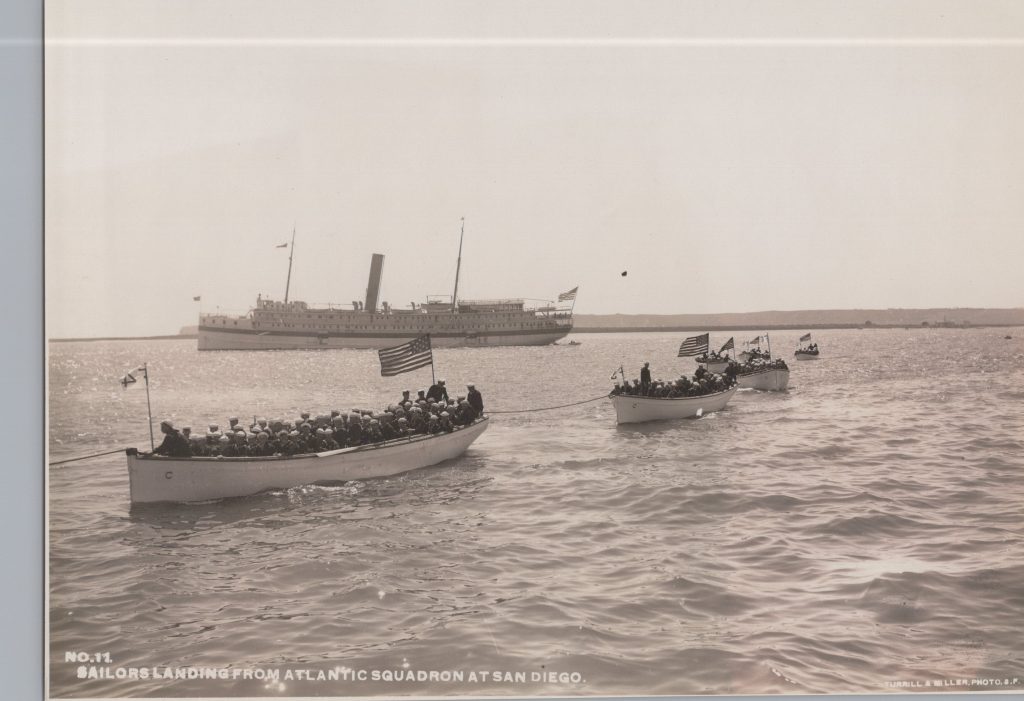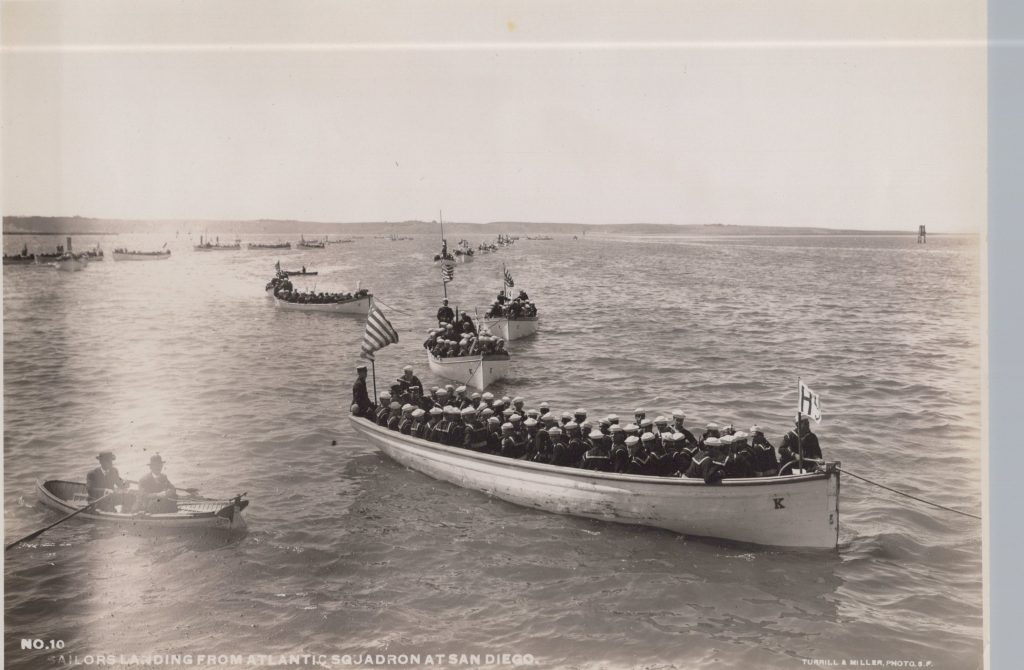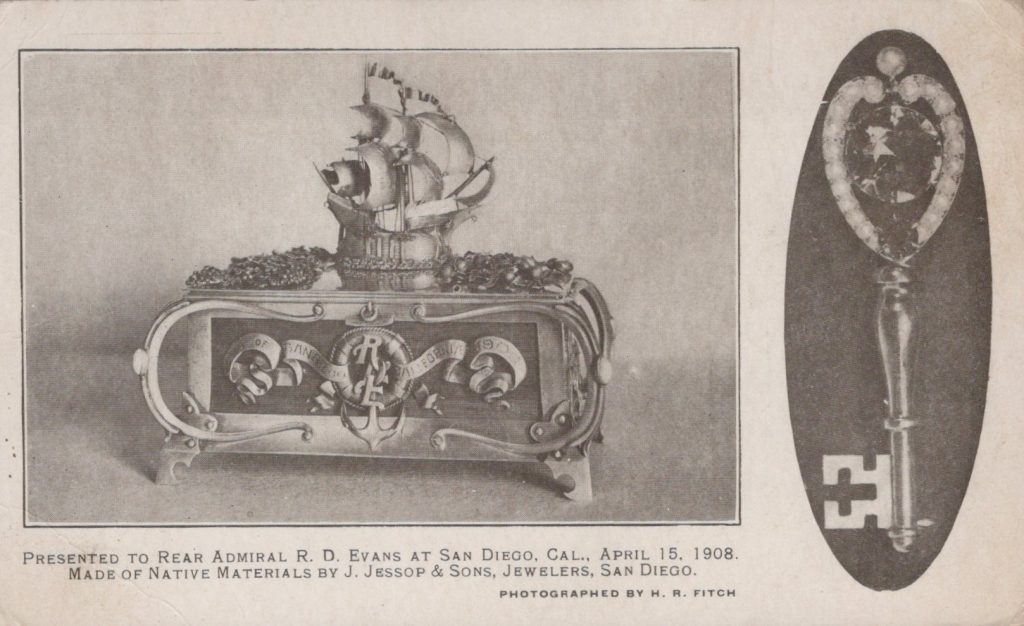Apologies, but no results were found for the requested archive. Perhaps searching will help find a related post.
The Fleet Arrives in California
Early in the morning on April 14th, 1908 the homeland was sighted for the first time since they had left Hampton Roads 119 days before. A flotilla of several hundred small boats had come out to meet the fleet with thousands of people gathered on the beach. The fleet took up anchorage off Coronado in sight of the famous Hotel del Coronado. After the fleet came to anchor, the Governor of California, James N. Gillett boarded the Connecticut to extend his congratulations on a safe journey and a welcome from the Golden State to the officers and men of the fleet. Above a photo of the fleet dropping anchor on April 14th shot by Lester Clement Barton, and noted Chicago photographer.
california
"Just tell them that you saw me" is a postcard that presents the U.S. Navy arriving in California to scare the Japanese immigrants home. For years the uncontrolled immigration to California by Japanese people had been a concern for the State. At the time President Roosevelt was in negotiations with Japan to correct the situation, even to the point of using the military as a tool of leverage.
hotel del coronado
The cards below are period photographs of the Hotel Del Coronado taken by Arthur C. Pillsbury, a prominent photographer from San Francisco that followed the fleet on the West Coast in 1908. His photographs include many of the battleships and activities of the sailors. To see more follow this link. The Hotel del Coronado has been a landmark in San Diego history and the Navy. Constructed in 1887 completely out of douglas fir framing and a lobby of white oak, it was a centerpiece for activities of the city. It was considered a marvel with electricity installed throughout. It is here, on the shores of Coronado Beach, that fleet anchored in full view of the hotel and would have a grand ball during their visit.
The Tent City at Coronado
This advertising card illustrates one of the many ways people could come to San Diego for the arrival of the Fleet. Being a small city at the time, camping on the beach offered an affordable alternative to the crowded Hotels of the city, and A FRONT ROW SEAT TO THE FLEET!
cabinet card photographs of the fleet's visit to san diego
This is a group of ten, numbered, cabinet cards made by an unknown photographer during the Fleet's visit. They are mounted on card stock 8" high by 10" wide with the photographs being 5" x 7" approximately. All of the photographs have a decorative photo frame. The group includes rare photographs of the City decorated for the the Fleet including an arch on 5th Street that I had previously not seen.
These two photographs came from a photo album with their captions intact. During the fleet's visit the community was treated to a parade of sailors and marines that started at the pier on West Broadway, turned left onto 4th Avenue, then right on El Prado into the park. The parade finished at reviewing stands on Park Blvd where the sailors were then allowed to picnic and accept the greetings of the people who had lined the parade route.
Chief Electrician Charles Stotz, USS Illinois - Mailed home cards from every port he visited, http://greatwhitefleet.us/charles-stotz-front-page/ . The three he chose while in San Diego show the Coronado Hotel, yacht racing and a popular nearby ostrich farm that many of the sailors visited.
These two photographs are old, but I believe reprints at a later date, possibly in the 1930s. It was a long tow for the liberty parties from the anchorage to the landing at Spreckles Brothers' Dock inside the Bay of San Diego. I battleship would use it's steam powered boat to tow the liberty boat to the landings.
An Admiral's Box Made of Native Materials
In 1907, J. Jessop & Sons opened a Jewelry Store of Fifth Avenue, just south of Broadway. Joseph Jessop started the business with the idea of using local gems to make fine objects of beauty. Joseph Jessop immigrated with his wife and seven children from England in 1890 for health reason. He tried farming for two years in Miramar but came back to his skills as a watch repairman in 1892. He died at age 81 in 1932.
His son carried on the business eventually having 11 Jessop stores around the country.
On November 9, 2017, after 125 years they announced their closure of their last store in downtown San Diego.

